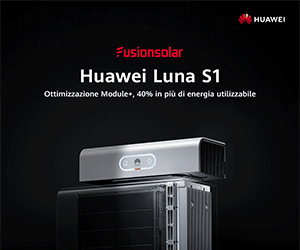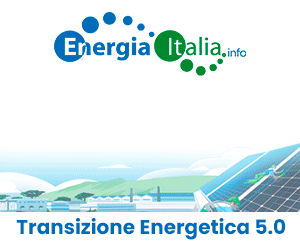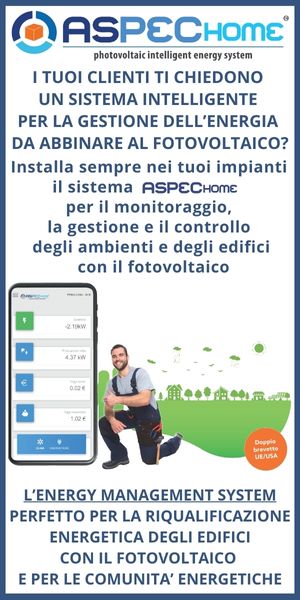Though negligible today, the market for plug-in electric vehicles (PEVs) equipped with vehicle-to-grid (V2G) technologies – which enable the vehicles to participate in ancillary services for the power grid – is expected to expand steadily in the coming years. Compelling business models for V2G technologies are starting to emerge in select markets around the world, and it’s expected that individually owned electric vehicles will be able to participate in grid services in the second half of this decade.
“Plug-in electric vehicles can provide services to the grid by changing the rate at which they consume power, thereby reducing peak loads, or by providing power back to the grid, helping to balance loads on the grid,” says Scott Shepard, research analyst with Navigant Research. “The benefits to operators also include smoothing the integration of renewable energy resources and generation revenue from ancillary services markets.”
The U.S. Department of Defense has been a significant proponent of V2G technology. In early 2013, the Department announced that it would invest close to $20 million to install 500 V2G-enabled PEVs in military bases in specific U.S. electricity markets by the end of the year. Additionally, demonstrations and pilot projects using fleet vehicles in the United States, various Western European countries, and Japan indicate that V2G technologies can serve as effective assets in various grid services, the report finds.
Vehicle to grid (V2G) technologies are only beginning to emerge in revenue-generating applications. Today this market is minuscule; worldwide capacity additions from V2G systems will total less than 9 megawatts in 2013. According to anoteher report from Navigant Research, however, the V2G market will grow steadily over the next 10 years. Worldwide revenue from V2G frequency regulation will grow from less than $900,000 annually in 2013 to $190.7 million by 2022.
“Business models for V2G technologies are starting to emerge in select markets around the world,” says Scott Shepard, research analyst with Navigant Research. “Large corporations and government agencies, such as the U.S. Department of Defense, are driving V2G development and laying the foundation for individually owned electric vehicles to participate in grid services in the second half of this decade.”
Despite the many benefits of using V2G technologies to supply ancillary services for the grid, PEV owners must overcome several challenges. Primary among these is the structure of the local electricity market. Deregulated markets are the most accessible test beds and launch points for market participation near-term. In contrast, regulated markets governed by vertically integrated utilities provide ancillary services internally, and therefore may have limited access for independent power producers, energy service companies, or fleets seeking to test V2G business models.


































